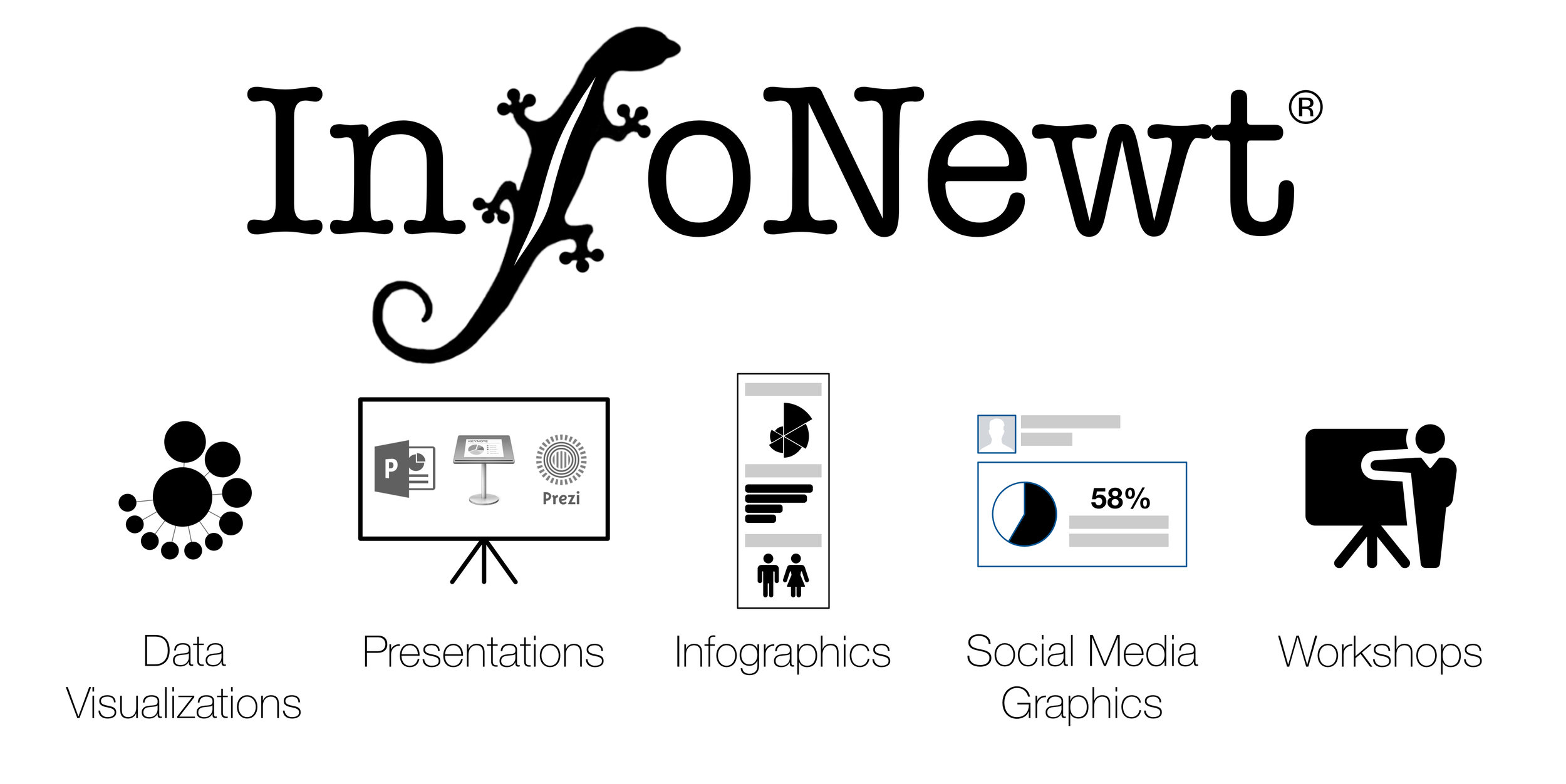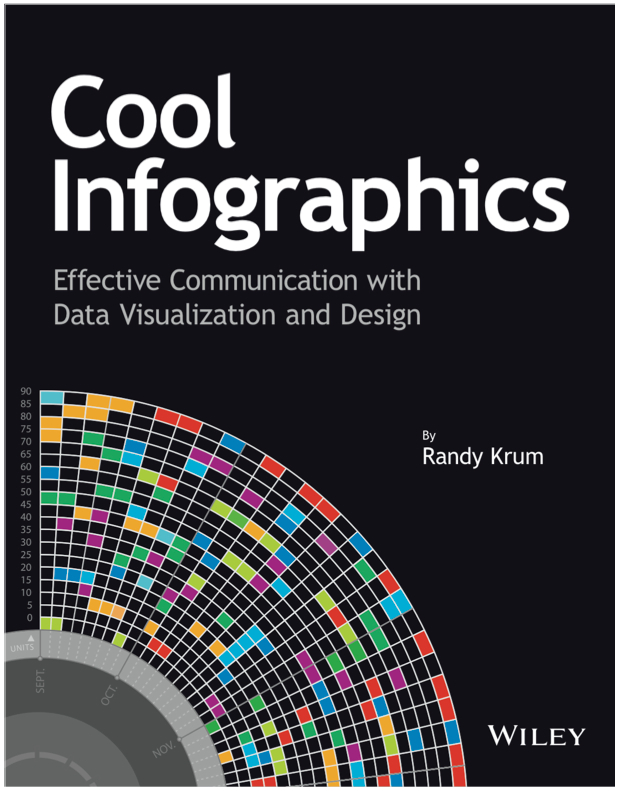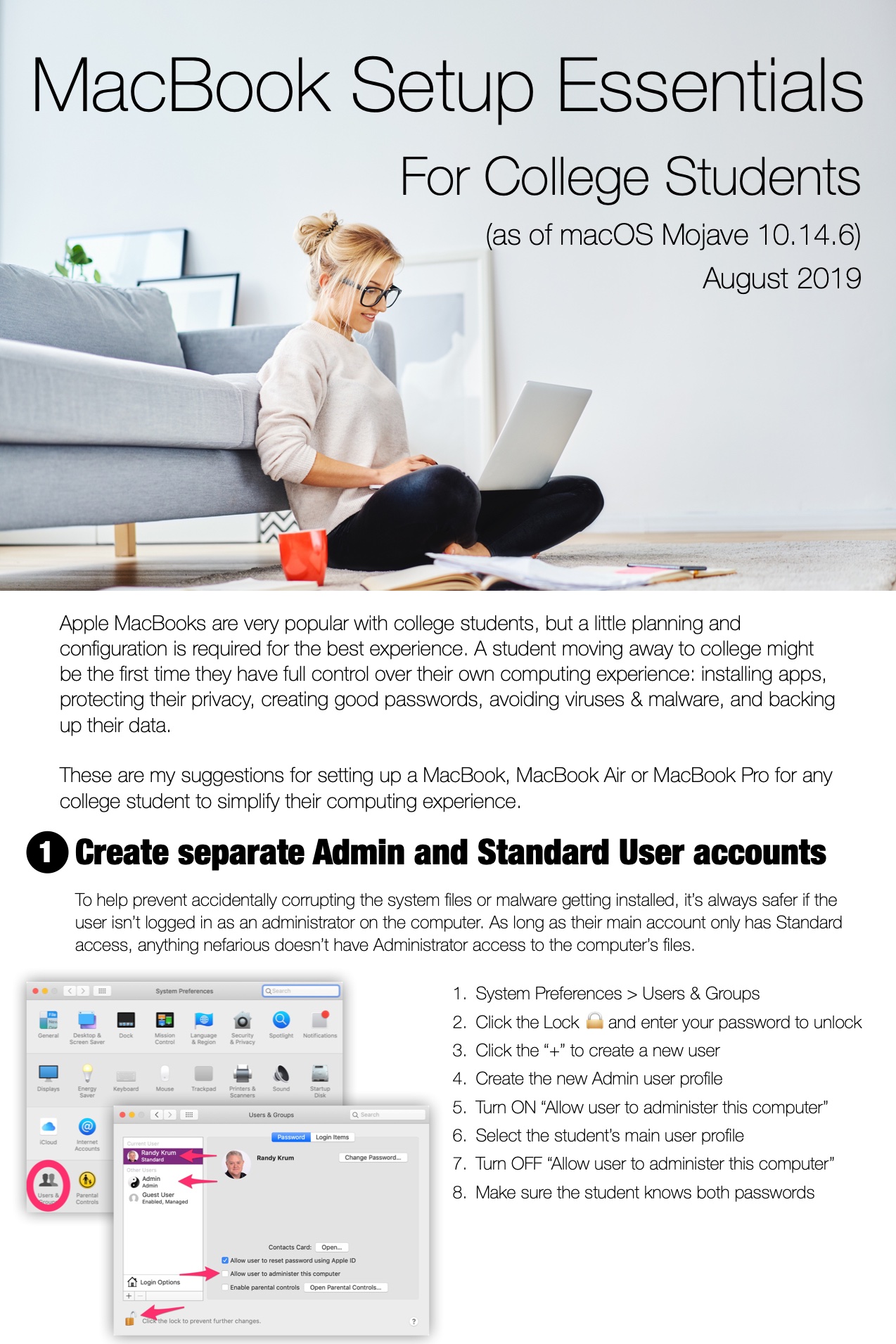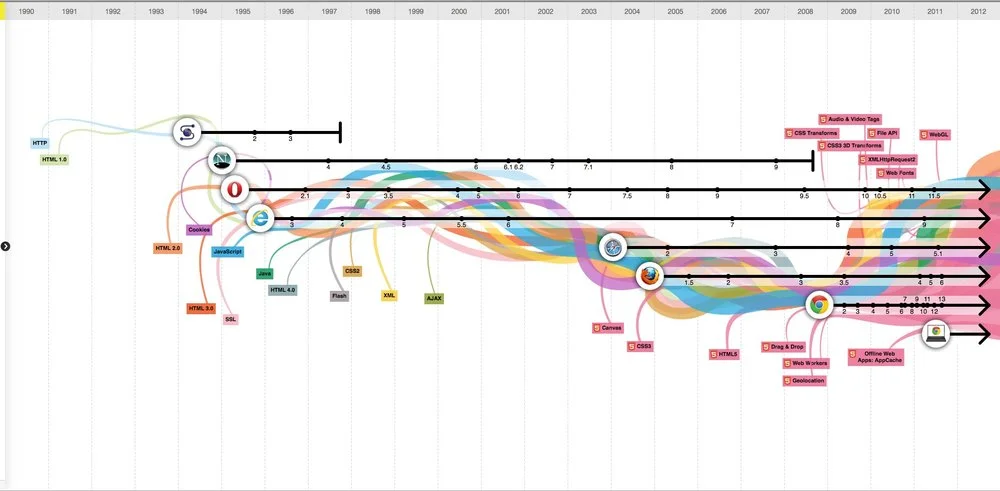Neil & Buzz Go For A Walk
Neil & Buzz Go For A Walk is an interactive, scrolling Data Adventure, designed by RJ Andrews, data storyteller and author of Info We Trust. It documents their activities and visualizes the radio transmissions during their 2+ hour space walk in 1969. A great project in honor to the 50th anniversary of the space walk!
It is best on a big screen like a tablet or monitor (show up with a tiny screen: get a tiny experience).
NEIL AND BUZZ was motivated by a realization: I had no idea what happened on the Apollo 11 moonwalk beyond Neil’s ONE SMALL STEP and that iconic flag photo. How many moonwalks were there? Just one. How long were they out there? About two hours. How far did they explore? An area about as big as a baseball diamond. What exactly did they do?
To answer these questions I dove into a wealth of NASA resources. Almost immediately I was struck with a the vision of a scrolly tour through moonwalk highlights. While superficially hand illustrated, the project's chief planning documents include a 3D model, layered map, and detailed timeline of the Moonwalk. Read the design essay to learn more about the making of this data story. -RJ Andrews
The conversation bubble visualization under the illustration took me a minute to understand.
Each column is a two-minute block of time, and each bubble represents the length of time someone was broadcasting a radio transmission. Above, only the major portion of the radio conversation is visualized in the style of modern text message bubbles above, and those are color-coded to the speaker.
Color distinguishes Neil and Buzz’s action and dialog. Commander Neil Armstrong received red as homage to the red commander stripes worn on future Apollo missions. Buzz patriotically balances with blue. Mike Collins, orbiting above, got yellow gold for his cameo, filling out the primary palette.
The bubbles below are color-coded to match the text bubbles above. Any radio transmissions that were skipped remain in gray, but when you reach the end, all of the bubbles are fully colored to complete the visualization.
Check out RJ’s complete Design Essay on what it took to develop this design, and you can follow RJ on Twitter @infowetrust












